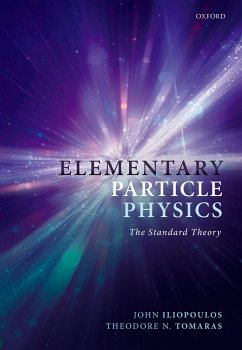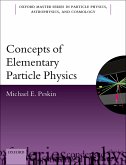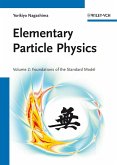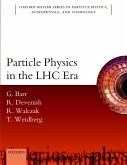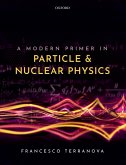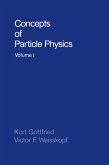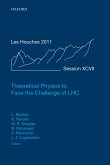Since the development of natural philosophy in Ancient Greece, scientists have been concerned with determining the nature of matter's smallest constituents and the interactions among them. This textbook examines the question of the microscopic composition of matter through an accessible introduction to what is now called 'The Physics of Elementary Particles'. In the last few decades, elementary particle physics has undergone a period of transition, culminating in the formulation of a new theoretical scheme, known as 'The Standard Model', which has profoundly changed our understanding of nature's fundamental forces. Rooted in the experimental tradition, this new vision is based on geometry and sees the composition of matter in terms of its accordance with certain geometrical principles. This textbook presents and explains this modern viewpoint to a readership of well-motivated undergraduate students, by guiding the reader from the basics to the more advanced concepts of Gauge Symmetry, Quantum Field Theory and the phenomenon of spontaneous symmetry breaking through concrete physical examples. This engaging introduction to the theoretical advances and experimental discoveries of the last decades makes this fascinating subject accessible to undergraduate students and aims at motivating them to study it further.
Dieser Download kann aus rechtlichen Gründen nur mit Rechnungsadresse in A, B, BG, CY, CZ, D, DK, EW, E, FIN, F, GR, HR, H, IRL, I, LT, L, LR, M, NL, PL, P, R, S, SLO, SK ausgeliefert werden.

